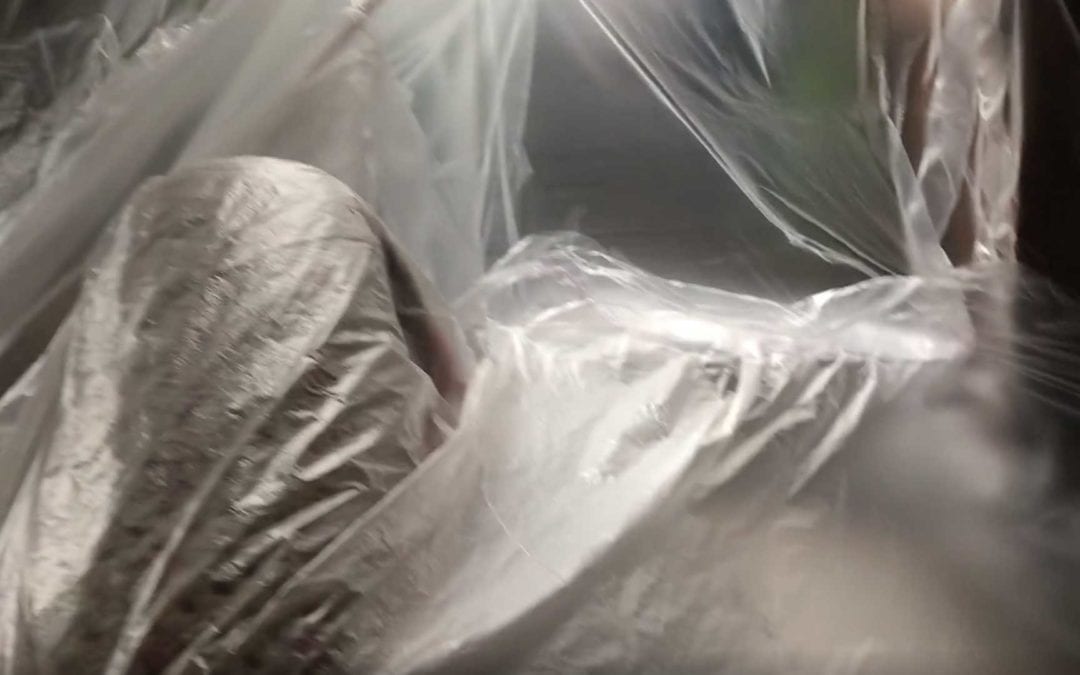Need Repair in The Great Vancouver Abbotsford Areas – Contact Us >
Introduction
As a seasoned industry tradesman, I’ve spent countless hours perfecting the art of drywall installation and repair. Drywall, often referred to as gypsum board or sheetrock, serves as the foundation of every room, shaping the way we perceive and experience our living spaces. Whether you’re embarking on a DIY project or seeking to understand the intricacies of professional drywall work, this in-depth article will provide valuable insights into key aspects of drywall repair and enhancement.
- DIY Drywall Patching
DIY drywall patching is a cost-effective way to address small to moderate wall imperfections. It’s an approachable project for homeowners, but it requires patience and precision. Begin by removing loose or damaged drywall, and then apply a patching compound. Sand and feather the edges to create a smooth transition. Remember that practice makes perfect, and don’t rush the process. Patience and attention to detail are your greatest allies in achieving a seamless patch.
- Cheap Ways to Add Texture to Walls
Texture can transform bland walls into captivating surfaces. If you’re looking for budget-friendly options, consider techniques like sponge painting, rag rolling, or stenciling. These methods are relatively easy for DIY enthusiasts to master and can provide a sense of depth and character to your walls without breaking the bank.
- Difficulty of Texturing Drywall
Texturing drywall is an art that takes time to master. The difficulty level varies depending on the chosen texture style. While simple textures like orange peel or knockdown may be manageable for DIYers, complex patterns like skip trowel or Venetian plaster often require professional expertise. Achieving consistency in texture application demands skill, the right tools, and practice.
- Priming Drywall Before Painting
Priming is an essential step in any drywall painting project. A high-quality primer creates a uniform surface, enhances paint adhesion, and prevents the drywall from absorbing too much paint. It also helps to conceal imperfections in the wall, making for a smoother and more professional finish. Invest in a good primer that suits your paint type for the best results.
- Painting Drywall Without Plastering
Painting drywall without plastering is possible when the wall’s surface is in good condition. However, it’s essential to fill any cracks or holes and sand the surface to ensure a smooth finish. Proper preparation, including priming, is crucial to achieve a polished look without plastering. For severe imperfections, plastering may be necessary before painting.
- Preparing Old Drywall for Painting
Old drywall often requires extra attention before painting. Inspect the surface for cracks, dents, or stains, and address them accordingly. Use a quality filler to repair imperfections and sand the entire surface to create a smooth canvas for your paint. Cleaning the walls thoroughly and removing any dust or residue is equally important in ensuring a flawless finish.
- Professional Drywall Patching
When it comes to professional drywall patching, the results are unparalleled. Skilled tradesmen have extensive experience in matching textures and achieving seamless repairs. They possess the tools and expertise needed to tackle challenging patches, ensuring that your walls look flawless and structurally sound. Hiring a professional is especially advisable for large or complex repairs.
- Disadvantages of Skim Coat
While skim coating is a popular method for achieving smooth, uniform walls, it has its disadvantages. It can be time-consuming, especially for larger areas, and requires expertise to ensure a consistent finish. Additionally, skim coating may not be suitable for walls with severe damage or extensive texturing, as it may not completely conceal imperfections.
- Cost to Retexture a Wall
The cost to retexture a wall varies depending on the size of the area, the complexity of the texture, and whether you hire a professional. DIY texture projects can be relatively inexpensive, with materials costing around $50 to $200. Hiring a professional can range from $1.50 to $3.50 per square foot, depending on the texture type and your location. Complex textures and large areas will be at the higher end of the cost spectrum.
Conclusion
Drywall work, whether it involves patching, texturing, or painting, requires a blend of skill, knowledge, and patience. While DIY enthusiasts can tackle many projects, some tasks are best left to professional tradesmen. By understanding the intricacies of drywall repair and enhancement, you can make informed decisions about how to transform your living space while achieving the desired results within your budget and skill level. Whether you’re patching a small hole or embarking on a complete wall makeover, mastering drywall techniques is a rewarding journey toward creating the perfect backdrop for your life.





